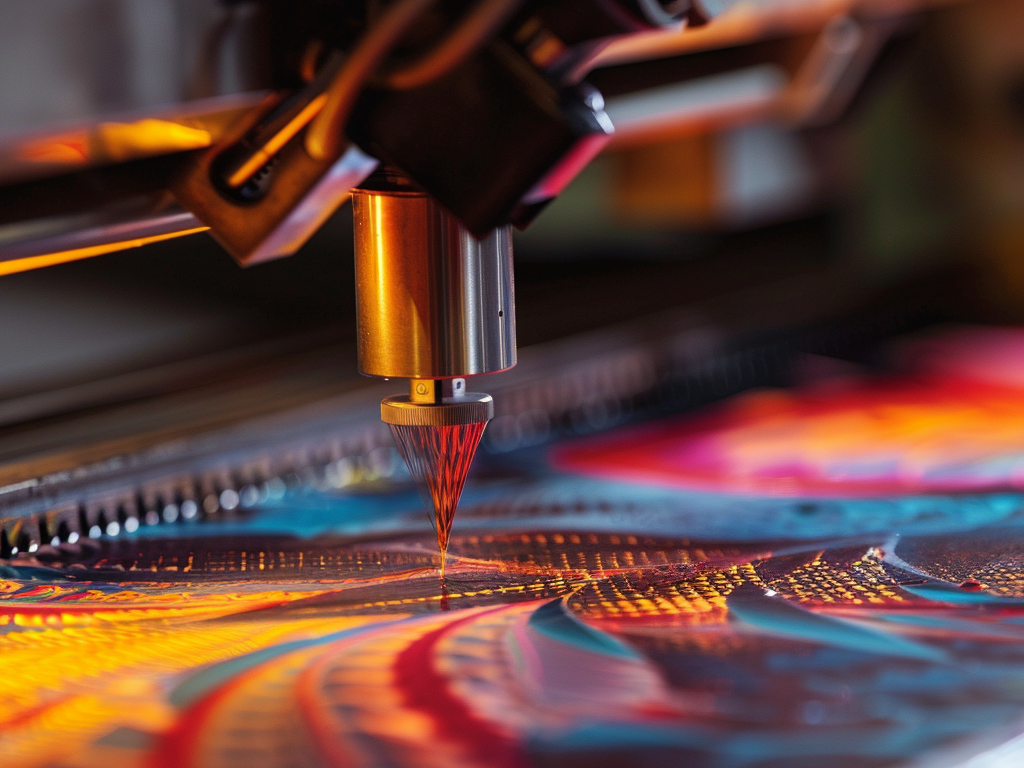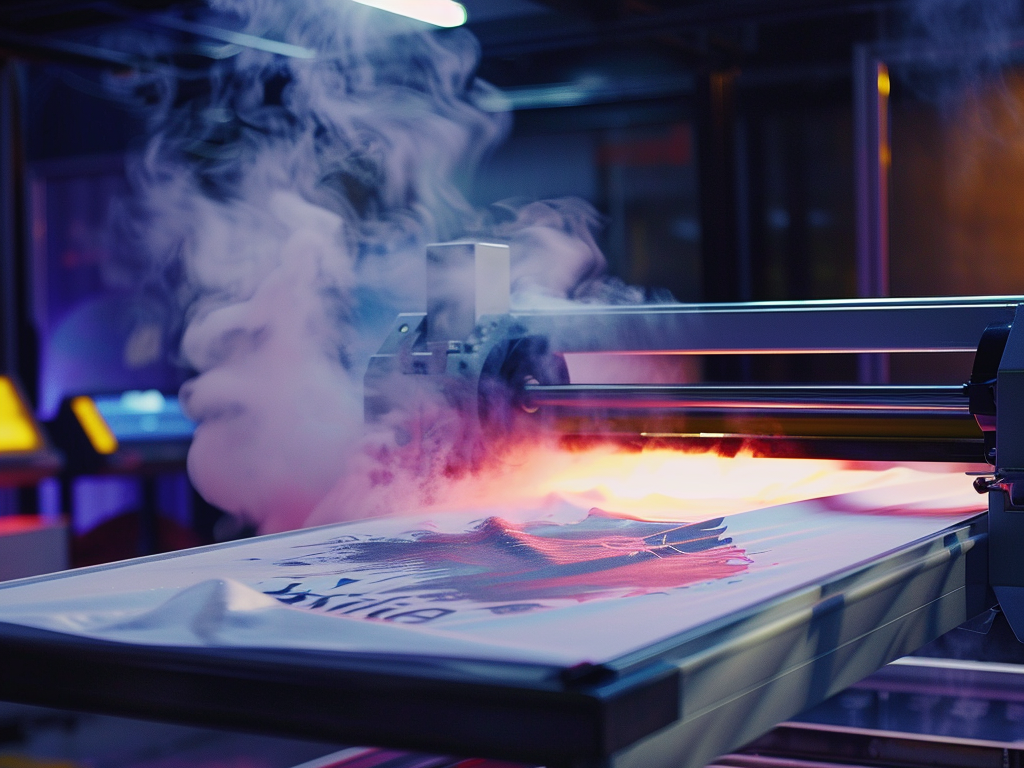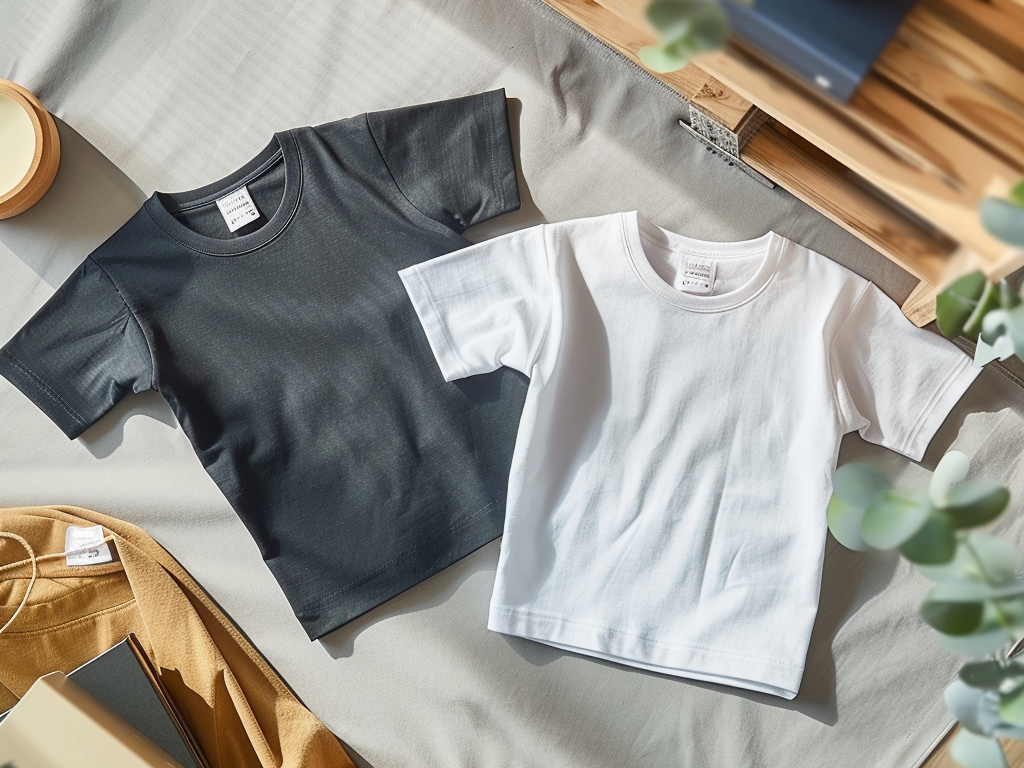Heat pressing t-shirts is a popular way to create custom designs. It’s fast, versatile, and beginner-friendly. But getting professional results requires the right tools and techniques.
To heat press t-shirts, you need a design, transfer material, and a heat press machine. Follow proper settings for time, temperature, and pressure. Learn how to make heat transfers for t-shirts1
With the basics in mind, let’s explore every detail, from creating heat transfers to comparing methods like HTV and sublimation.
How to make heat transfers for t-shirts?
Making heat transfers is the first step in creating custom t-shirts. The right transfer material and preparation are essential.
To make heat transfers, create your design, print it on transfer paper, and cut it to shape. Use high-quality materials for better results.

Step-by-Step Process
-
Design Your Artwork:
- Use software like Adobe Illustrator or Canva for digital designs.
- Ensure your design is mirrored if required (e.g., for heat transfer vinyl or sublimation).
-
Choose the Right Transfer Material:
- Heat Transfer Vinyl (HTV): For bold, solid designs.
- Sublimation Paper: Ideal for polyester fabrics and vibrant prints.
- Inkjet Transfer Paper: Suitable for cotton and home-use setups.
-
Print or Cut the Design:
- For HTV: Use a cutting machine like Cricut or Silhouette.
- For sublimation: Print with sublimation ink and a compatible printer.
-
Prepare for Application:
- Weed excess vinyl or trim transfer paper edges.
- Preheat the t-shirt to remove wrinkles or moisture.
Common Mistakes to Avoid
- Low-Quality Materials: Cheap transfer paper may peel or crack after washing.
- Incorrect Design Size: Measure the shirt area to avoid oversized or undersized prints.
- Skipping Testing: Always test on a scrap fabric before large-scale production.
Do heat press shirts last?
Durability is a common concern when creating custom shirts. No one wants a design that fades or peels after a few washes.
Heat-pressed shirts can last years if made with quality materials and pressed under the correct conditions. Discover the durability of heat-pressed shirts2

Factors Affecting Longevity
-
Materials Used:
- High-quality vinyl or sublimation inks have longer lifespans.
- Polyester shirts hold sublimation prints better than cotton.
-
Pressing Accuracy:
- Follow manufacturer-recommended time, temperature, and pressure.
- For example, HTV usually requires 300–320°F for 10–15 seconds.
-
Washing and Care Instructions:
- Wash inside-out in cold water.
- Avoid harsh detergents or bleach.
- Air-dry or use low heat in a dryer.
Pro Tips for Long-Lasting Designs
- Always perform a pre-wash test.
- Use Teflon sheets or parchment paper to prevent scorching during pressing.
- Invest in a professional-grade heat press for consistent results.

Can I make shirts with just a heat press?
A heat press is the cornerstone of many t-shirt businesses. But can it work as a standalone tool?
Yes, you can make shirts with just a heat press, transfer materials, and basic accessories like a cutting machine. Find out what tools you need to make shirts with just a heat press3
What You’ll Need Besides a Heat Press
-
Design Software:
- Programs like Canva or CorelDRAW help you create professional-looking designs.
-
Transfer Material:
- HTV for a range of colors and finishes.
- Sublimation paper for vibrant designs on polyester.
-
Cutting Machine (Optional):
- If working with HTV, a machine like Cricut is necessary for precise cuts.
Simplified Workflow
- Prepare your design.
- Cut or print it onto transfer material.
- Align the transfer on the t-shirt.
- Heat press the design, following recommended settings.
Which lasts longer, HTV or sublimation?
When choosing between HTV (Heat Transfer Vinyl) and sublimation, durability is a key factor. Each method excels in different scenarios.
Sublimation lasts longer than HTV because it embeds ink into the fabric, making it resistant to wear and tear. Compare HTV and sublimation durability4

Head-to-Head Comparison
| Feature | HTV | Sublimation |
|---|---|---|
| Durability | 30–50 washes | Permanent |
| Material Compatibility | Cotton, polyester, blends | Polyester only |
| Color Vibrancy | Good | Excellent |
| Texture | Slightly raised | Smooth, part of the fabric |
Choosing the Right Method
| Scenario | Recommended Method |
|---|---|
| Long-lasting sportswear | Sublimation |
| Custom cotton t-shirts | HTV |
| Small-scale personalization | HTV |
| High-volume production | Sublimation |

Conclusion
Heat pressing t-shirts is a rewarding process, whether for personal projects or a business. Start by learning to make heat transfers, understand the longevity of your designs, and explore methods like HTV and sublimation. With practice and the right materials, you’ll create durable and professional-looking shirts that stand the test of time.
Footnotes
-
Step-by-step guide on creating custom heat transfers for professional t-shirt designs. ↩
-
Learn how long heat-pressed designs last and factors that improve longevity. ↩
-
Understand what is needed to create shirts using only a heat press and basic tools. ↩
-
Detailed comparison of HTV and sublimation for durability and design quality. ↩













